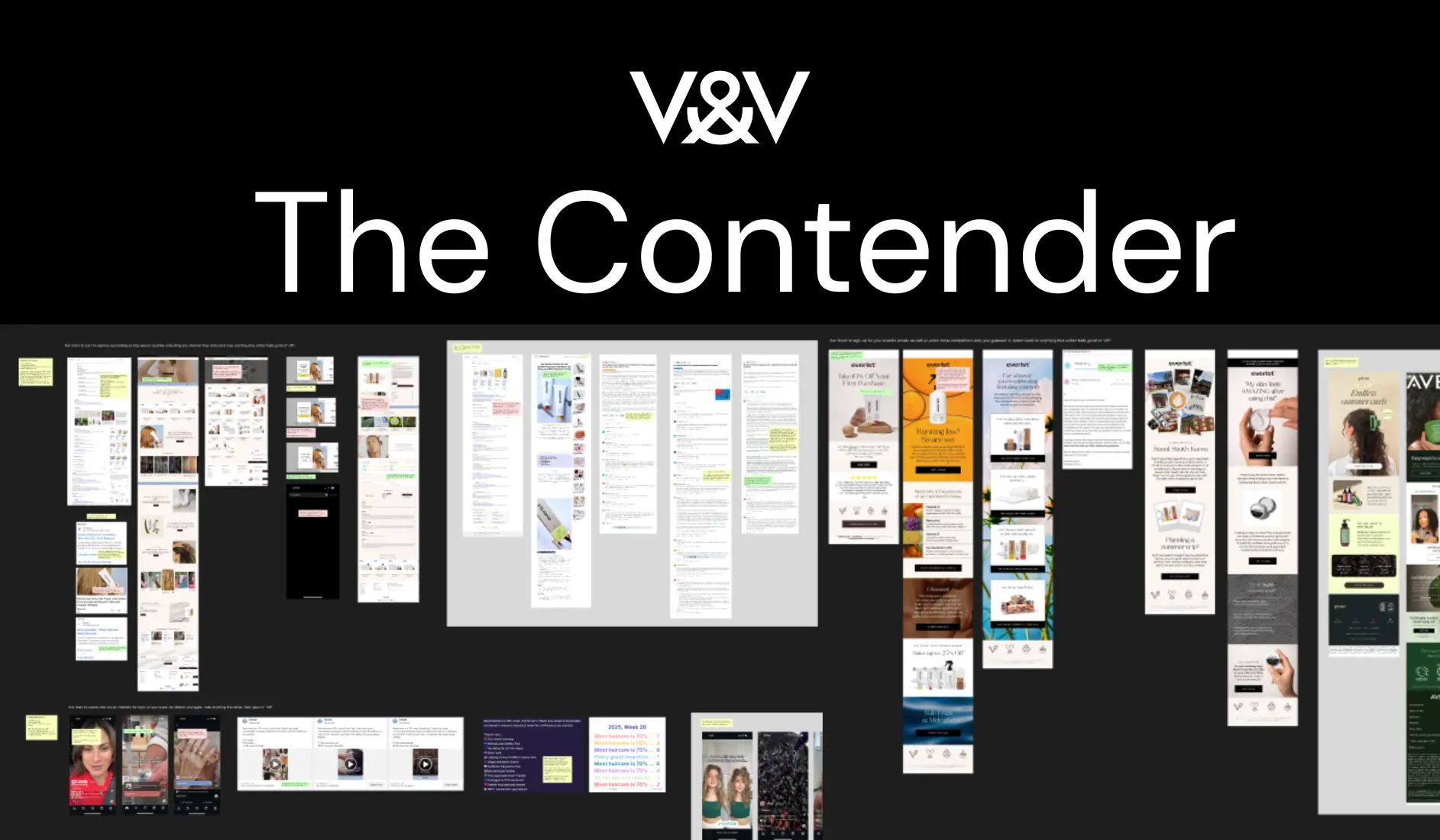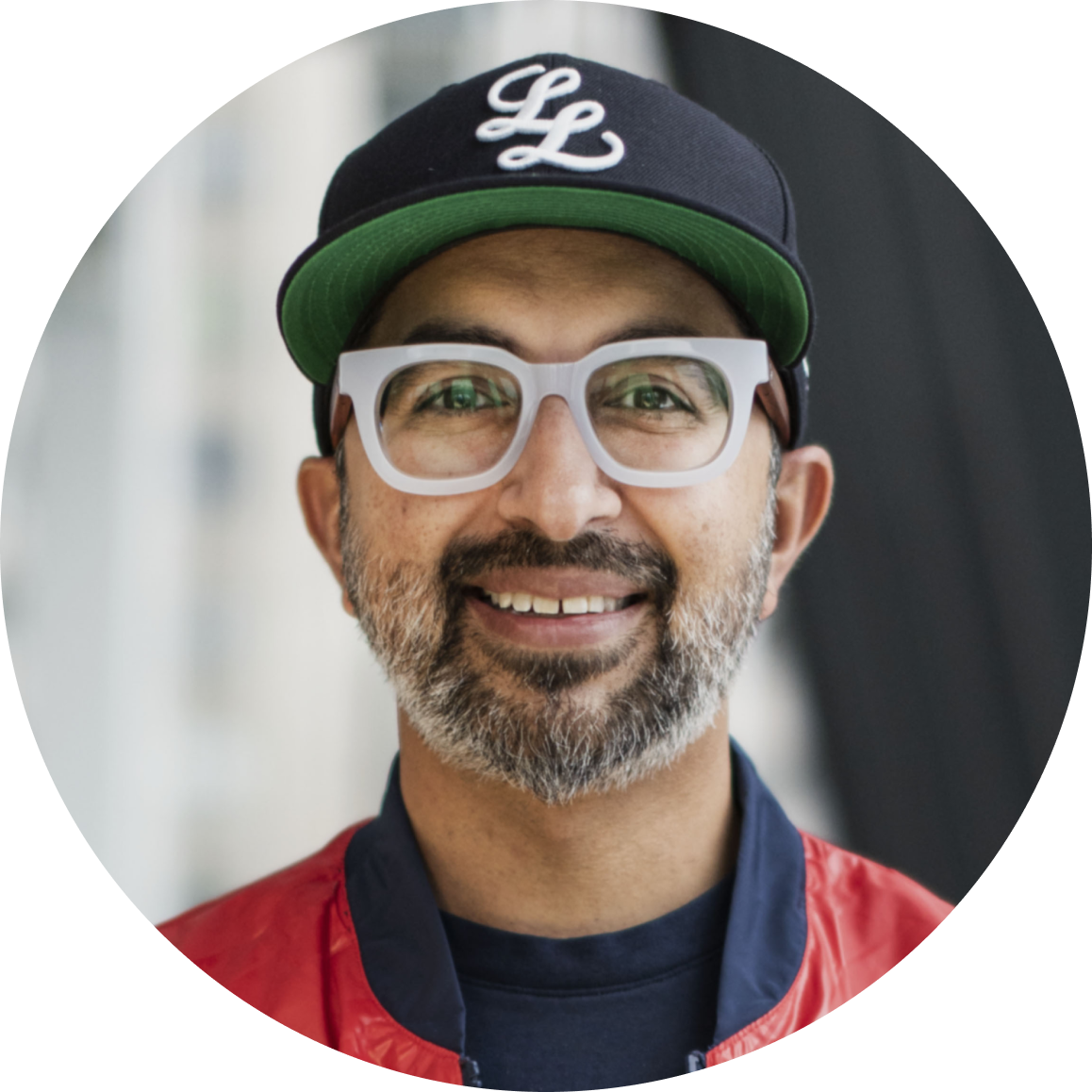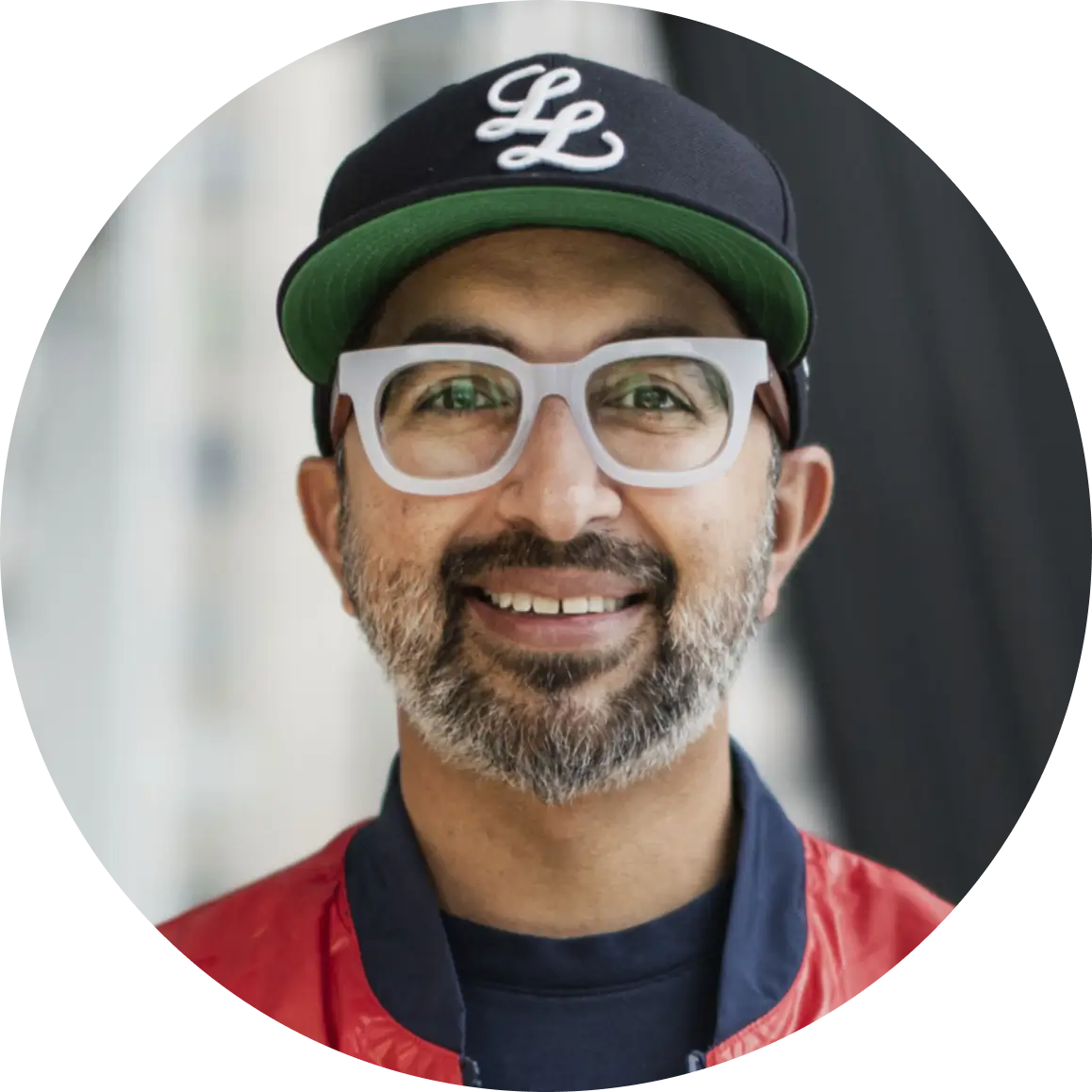When you live inside your brand, it’s easy to miss the obvious. Confusing messaging, clunky UX, or even standout wins can go unnoticed because you’re just too close to it.
Here’s a quick, mid-year exercise we swear by. It’s simple, surprisingly insightful, and best of all, you don’t have to do it yourself. ✨
The Brief: The framework for asking an outsider to evaluate your brand.
Ideally this is led by someone not involved in your brand marketing OR your brand at all. A curious friend, a new hire, even a stranger on the internet will do. Their job: screenshot everything and flag what feels great – and what feels “off.”
At 5&Vine we did this for Everist (a promising Canadian brand we’d never tried before) completely unprompted, simply because we were interested.
Step 1: Explore the Natural Path to Purchase
Have them search, scroll, and shop however they naturally would. Paid, organic, email, retail — any entry point goes.
→ For Everist we started with a branded search which had 2 Everist ads but no competitors presenting a possible opportunity to lift and shift spend. Once on site, we were impressed with the unique positioning of “haircare meets skincare”.
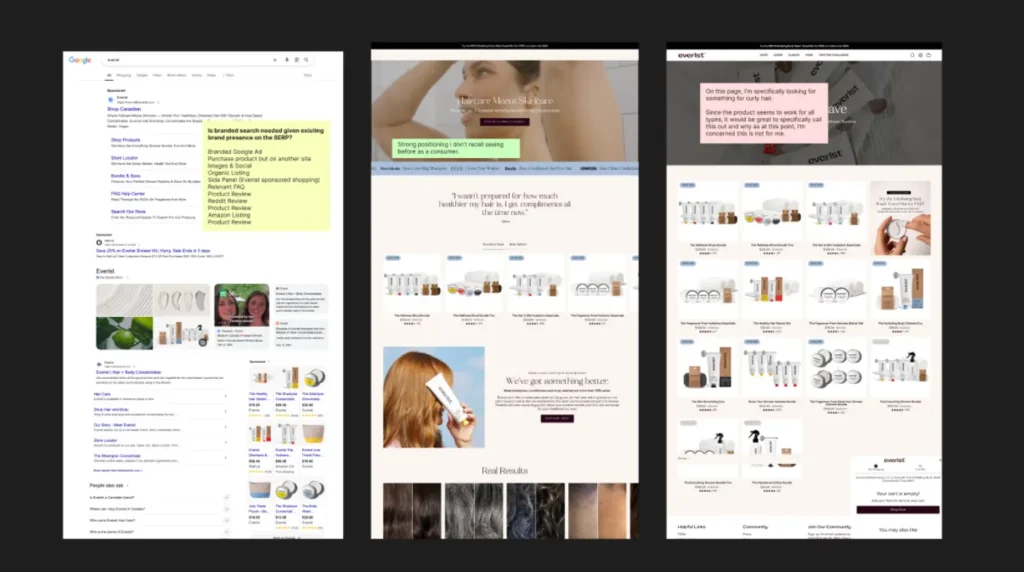
Step 2: Watch Social Channels for Signals
Once they begin the investigation, ask them to passively notice how your brand (and competitors) show up in their feeds. What stands out? What feels out of sync?
→ We noticed: Ad targeting was impressively accurate but creative and audience match seemed off with one ad showing an older woman with a hair type that didn’t reflect the searchers curly hair. At the same time, other brand’s ads featured the curls we expected.
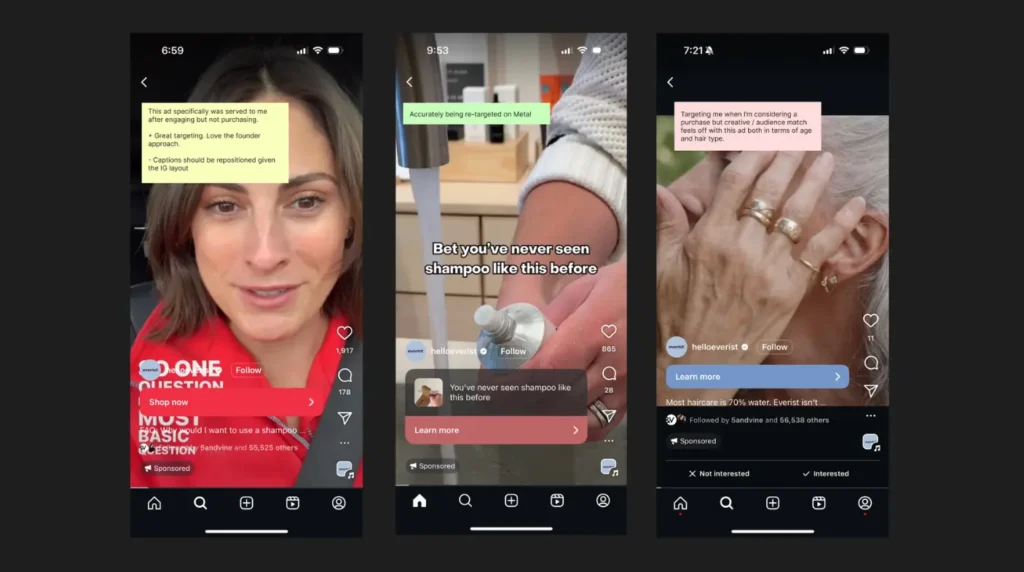
Step 3: Sign Up for Emails (Yours + Competitors)
Your tester should sign up for your email list and a few close competitors. Have them track how the welcome experience feels.
→ What we saw: The welcome email was clear and compelling – a 10% off offer delivered right away. But it required SMS sign-up – and no text ever arrived. Then came an email saying “Running low?” – confusing, since no purchase had been made yet.
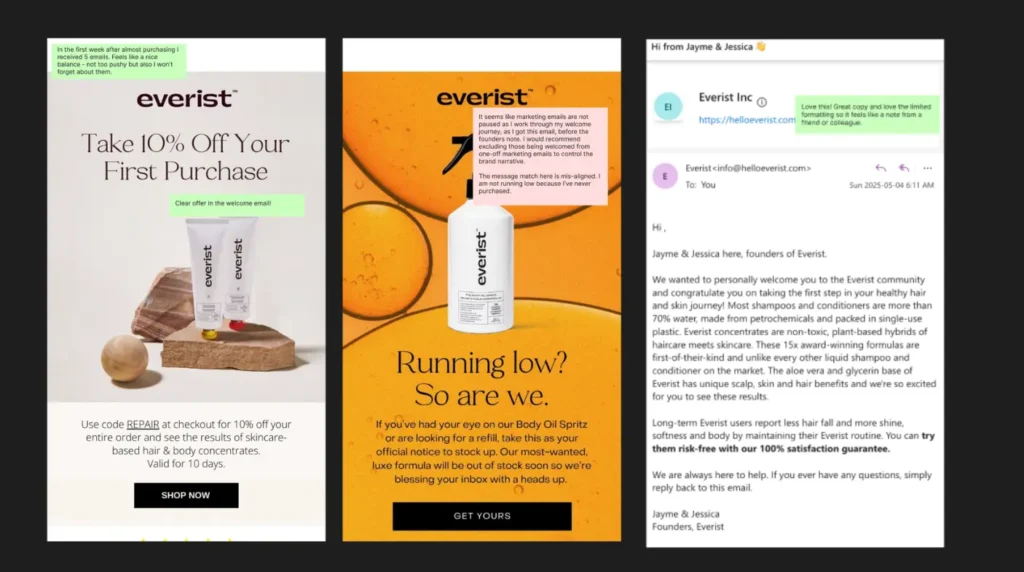
Step 4: Purchase then continue to monitor communications & how they change
Are they still seeing ads? Do the ads internally match the flow you’d expect? Does the email flow (both journeys and ongoing comms) make sense to the purchaser?
→ What we saw: We haven’t yet received our Everist order but we’ll add this in once it comes in!
Bonus Insight: Expectation vs. Messaging Gap
→ Everist didn’t focus on hair type in ads, site copy, or emails. For people conditioned to believe different hair types need different care, this created doubt. Throughout our experiment other brand ads aligned much more closely with our searchers curly hair type. If the product is universal, that benefit needs to be made explicit. And regardless of the product being universal, create tailored ads for specific hair types.
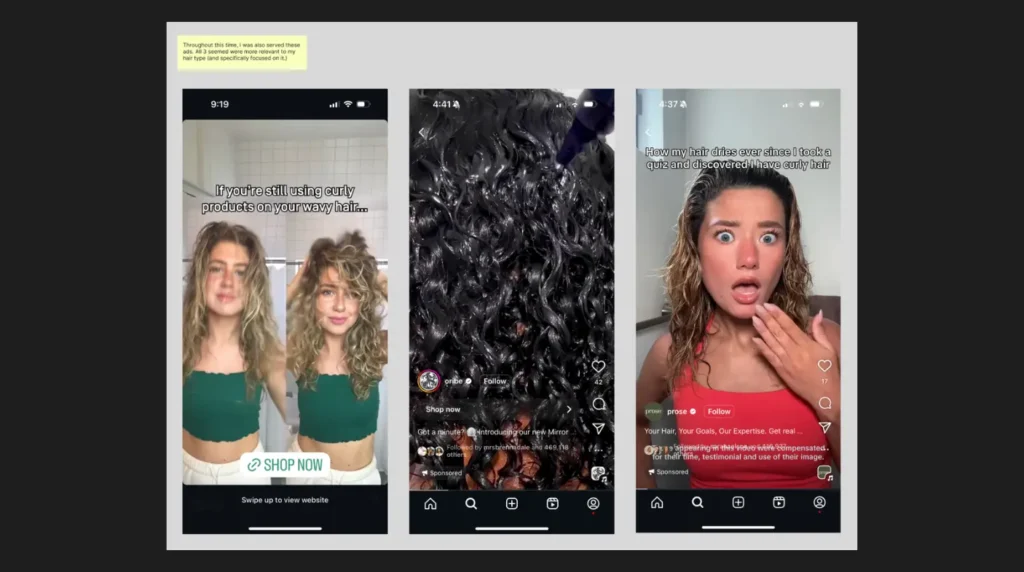
Other bright spots we weren’t expecting:
- A wonderfully casual founder’s note in the welcome email journey.
- A sustainability tracker that genuinely differentiated the brand.
- Strong community management that turned a negative Reddit post into an engaged, thoughtful brand moment.
Explore the full Everist breakdown here. And if you’re considering a new haircare brand, definitely check them out 🇨🇦
👀 TL;DR: You can’t fix what you can’t see.
This quick gut-check is a low-lift way to surface brand blindspots and highlight where you’re already winning. Forward this to someone on your team to run it this week.

